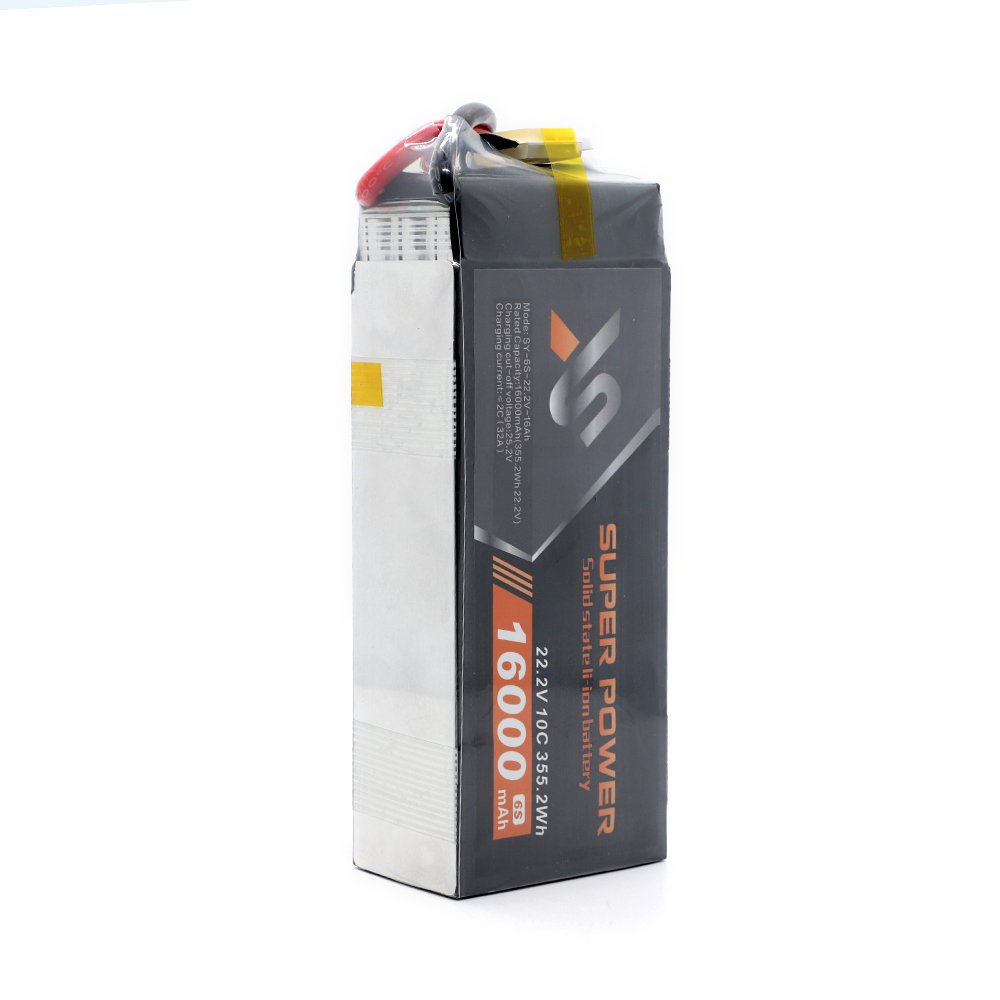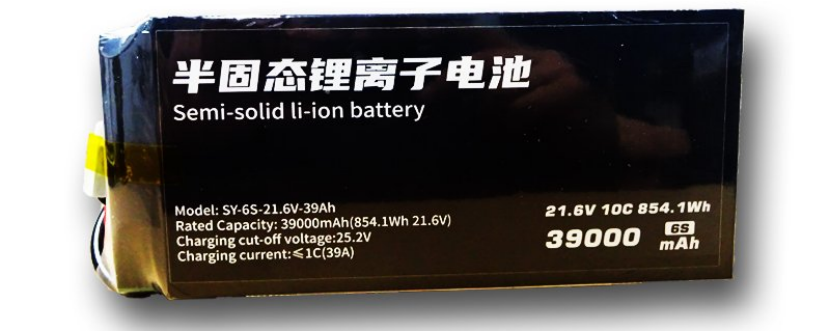Understanding Reusable Batteries
Materials Used in Reusable Batteries
Reusable batteries are packed with key stuff. They’re also called rechargeable batteries. Lithium-ion batteries are big players. They’ve got high energy density. They last a long time. Their parts include lithium compounds, cobalt, nickel, manganese, and graphite. High-energy density models, like those hitting 270wh/kg to 340wh/kg, are super efficient. Nickel-metal hydride (NiMH) batteries use nickel hydroxide and metal hydrides. Lead-acid batteries have lead plates dunked in sulfuric acid. Each bit makes the battery work well and last.
These materials are the heart. They keep batteries strong. They power our gadgets.
Common Types of Reusable Batteries
There’s a few main kinds. Lithium-ion (Li-ion) is a favorite. It’s light. It stores tons of energy. Perfect for phones and drones. The SY-12S-44.4V-22Ah lasts up to 1,000 cycles at 100% depth of discharge (DOD). NiMH batteries are cheaper. They’re safe. You see them in home gadgets. Lead-acid batteries are heavy but trusty. They power cars and backup systems.
Each type’s got its vibe. They fit different needs. They keep tech humming.
Environmental Impact of Reusable Batteries
How Reusable Batteries Affect the Environment
Reusable batteries have ups and downs. They’re greener than single-use ones. They cut waste. Disposable alkaline batteries pile up in landfills. Reusables last longer. They don’t need making or tossing as often. But mining their materials, like lithium and cobalt, can hurt. It wrecks habitats. It pollutes water. Improper disposal’s bad too. Toxic chemicals can leak out.
It’s a mixed bag. They’re eco-friendly long-term. But their start and end need care.
Comparing Disposable and Reusable Batteries: Environmental Considerations
Reusable batteries win over time. Disposable ones end up in dumps. They leak nasty stuff into soil and water. Reusables, like lithium-ion or NiMH, recharge hundreds or thousands of times. The SY-6S-21.6V-39Ah hits 1,000 cycles. That’s way less waste than single-use batteries.
This makes reusables the green pick. They last. They keep landfills cleaner.
The Role of Recycling in Reducing Environmental Harm
Recycling’s a big deal. It grabs valuable metals from old batteries. Think lithium, cobalt, nickel. This cuts new mining. It saves resources. Proper recycling stops toxins from leaking into nature. It keeps ecosystems safe.
Recycling’s a lifesaver. It makes batteries greener. It protects the planet.
Challenges in Recycling Reusable Batteries
Toxic Materials in Reusable Batteries and Their Recycling Implications
Recycling’s tough because of toxic stuff. Lithium-ion batteries can release harmful gases if messed up. Lead-acid batteries have sulfuric acid. That’s risky. Safe handling rules are a must. They protect workers. They stop environmental damage.
These toxins are no joke. They make recycling tricky. Safety’s gotta come first.
Limitations of Current Recycling Technologies for Reusable Batteries
Recycling tech’s got gaps. Many plants can’t split battery parts well. It takes lots of energy. Some lose materials. Pulling out rare stuff like lithium is hard. Not enough gets recovered to match demand.
These limits slow things down. Better tech’s needed. It’d make recycling smoother.
The Importance of Proper Disposal Practices
Proper disposal’s critical. Tossing batteries in regular trash is bad. Consumers should hit up recycling centers. Governments and companies need rules. They should set up easy drop-off spots. This keeps hazardous waste in check.
Good disposal’s a team effort. It stops harm. It makes recycling work.
The Role of Consumers in Battery Recycling
Promoting Awareness About Battery Recycling Programs
Consumers are key. They can make recycling shine. Many don’t know batteries have toxic bits. Lithium, cobalt, nickel can pollute soil and water if dumped wrong. Spreading the word’s huge. Public campaigns can teach folks why recycling matters. They show health and eco perks. Governments, schools, and groups should team up. They can point people to local recycling spots or take-back programs.
Awareness is power. It gets more batteries recycled. It cuts environmental mess.
Proper Usage and Storage to Maximize Battery Lifespan
Using batteries right stretches their life. It cuts waste. Follow maker tips on charging. Don’t overcharge or drain them too low. The SY-12S-44.4V-22Ah lasts 1,000 cycles with care. Store batteries in cool, dry spots. Keep them from sunlight. This keeps them efficient.
Smart use is eco-smart. It means fewer replacements. It saves resources.
Encouraging Participation in Take-Back Programs
Take-back programs are awesome. Retailers and makers run them. They let you return old batteries for recycling. It’s easy and responsible. Consumers help by joining in. They recover metals like lithium and cobalt. They keep hazardous stuff out of dumps. More folks joining pushes companies to grow these programs.
Participation’s a win. It boosts recycling. It makes green living simple.
Innovations in Battery Technology and Recycling Solutions
Advances in Solid-State Lithium-Ion Battery Design
Solid-state lithium-ion batteries are next-level. They swap liquid electrolytes for solid ones. This ups safety. It boosts energy density. It cuts leak or explosion risks. High-energy density models, like 270wh/kg to 340wh/kg, shine. They perform great. They’re easier to recycle too. Their materials are simpler.
Solid-state’s a big leap. It’s safer. It’s greener for the future.
Emerging Technologies for Efficient Battery Recycling Processes
New recycling tech’s changing the game. It grabs rare metals like lithium better. It uses less energy. Hydrometallurgical techniques are cool. They use chemical solutions to pull out metals. They’re kinder to the planet. These advances make recycling cheaper and greener.
These methods rock. They save resources. They make recycling a real solution.
Future Trends in Sustainable Battery Production and Disposal
Sustainability’s the focus now. Makers want batteries that are easy to take apart. Modular designs let you swap or recycle parts. No need to toss the whole thing. Extended producer responsibility (EPR) rules push companies to own their products’ impact. They’re making greener batteries from the start.
These trends are bright. They make batteries sustainable. They set a green path forward.
Frequently Asked Questions
Are reusable batteries truly recyclable?
Yup. Most are recyclable. Special facilities pull out lithium and cobalt.
What steps can consumers take to extend battery lifespan?
Follow charging tips. Avoid overcharging. Store in cool, dry spots.
How do solid-state lithium-ion batteries differ from traditional ones?
They use solid electrolytes. They’re safer. They pack more energy.
What is a take-back program?
It’s a setup by stores or makers. You return used batteries for recycling.
For custom high-energy density lithium-ion packs, hit up Taixing Shengya Electronic Technology Co., Ltd. They’ve got solutions for drones and more!










